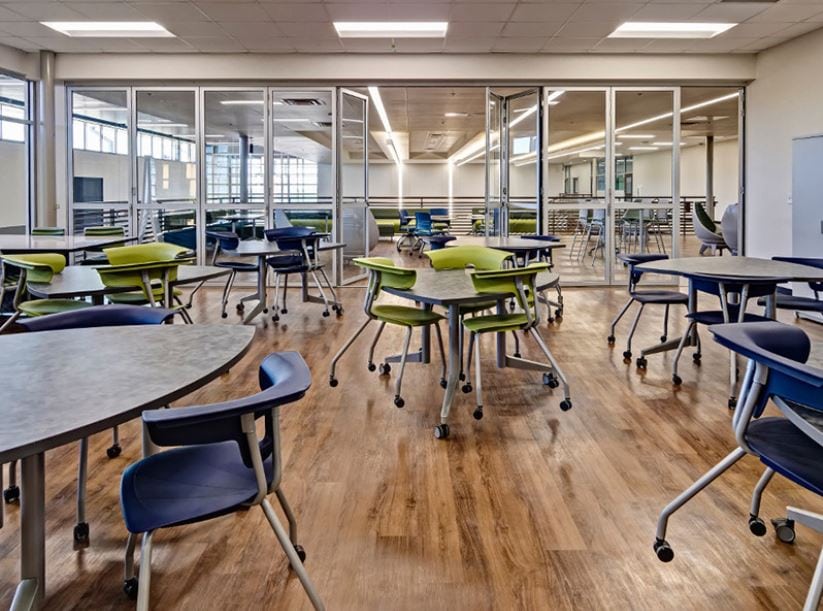KI's Learning Space Workshops

By Bob Beck
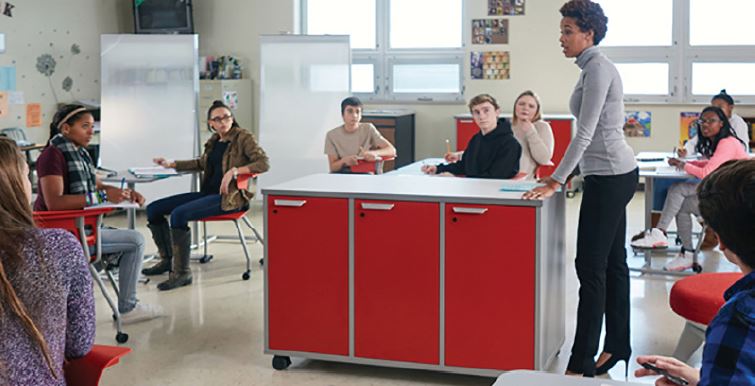
Demand for office furniture has been stagnant in 2017. BIFMA reported that new orders increased 1.9% and sales (shipments) 2.2% through October. Looking at it through the kaleidoscope of individual companies the results are much different, with companies offering height adjustable desks or "collaborative" lounge furniture, for example, experiencing rapid growth while companies with greater investment in systems or other products out of the current vogue are suffering declines.
But our industry is not one-dimensional. Contract furniture is not synonymous with office furniture. Some sectors are doing better than others and the demand for educational furniture is experiencing a very strong growth phase. Within the BIFMA community KI is clearly the company with the greatest breadth of products, covering the full range of typologies in that market from Pre-Kindergarten through graduate school. It also enjoys an excellent reputation among school districts, colleges and universities and as a consequence KI has experienced double-digit growth in 2017.
As with most stories of business success, this is not a short-term thing. KI has been honing its ability to compete in the educational market for decades. The product breadth and reputation are hard earned "weapons" in the battle for market share. And as with any market leader, what animates a leadership position is knowledge. In this case it is perhaps fitting that we're talking about knowledge of the knowledge business.
Jonathan Matta, Vice President of Education, is charged with both expanding KI's knowledge of the American education system and sharing what they already know with the A&D community and the schools they serve. I recently had an opportunity to speak at length with Mr. Matta about his thinking and approach to his job.
officeinsight (OI): What informs your approach to your job?
Jonathan Matta (JM): I look at it as a question of culture. I've been at KI for about 12 years and I understand our culture very well. Over that period of time I've come to understand that every institution we work with has a unique culture. An organization's culture dictates how it goes about designing and using its interior spaces. It isn't KI's place to try to shape a client's culture, but rather how can we help a 'learning culture' better align those spaces with changes we're seeing in behavioral shifts and instructional methodology.
OI: So how do you go about that?
JM: I've had experience with both the Stanford D-School and IDEO and the concept of Design Thinking. I think Design Thinking offers a powerful method for understanding needs on a deeper level than other approaches. I understand that in our role KI is an adjacency partner, not a linear change agent but I felt that using the precepts of design thinking, we could develop a tool that might just move the needle.
When I came into my current role I had the belief that harnessing the power of our organizational influence, our market standing, our brand awareness we could change the narrative of how we interface with our customers in a way that would be positive for them and us. I believe that learning is a byproduct of culture, context and activity. That implies that every university, every school has its own 'situated culture.' What I'm ultimately trying to do is instill creative confidence in both our own KI team and the teams we engage with at the school level. I want them to understand that they can own the change that they seek to make without adopting a trend, without going to Pinterest to see what somebody else has done and then just doing that. I want them to really believe that they have a rich culture and history that can and should inform how they innovate to accomplish their goals. I think of it as democratizing this concept of inner creative confidence.
OI: How does this belief translate in practice?
JM: We've developed a workshop using a 5-step process based on design thinking. We call it, generically, a 'Learning Space Workshop.' We engage with the client's team to learn what their sticking points are - by that I mean the things that are stopping them from getting where they want to go with respect to the design of their spaces. To accomplish this I pose a series of open-ended, divergent questions that allow for creative flow to happen.
OI: Can you give me an example of the kinds of things you ask?
JM: Sure, I might ask, “How might we shift the learning culture to project-based learning?” Or, “How might we create a makers' space?” Generic questions to organize the power of those teams, rather than coming in and telling them what we think they should do. Rather than me coming in and saying I believe the future of learning is freelance, we democratize the process by letting them know that we believe their team holds the power to solve the problem in a way that best fits their own culture and history.
OI: Are your workshops limited or restricted to your end user customers?
JM: Not at all. In fact we've found that the workshops fit very well with the A&D community. The processes in our workshops are familiar territory to the designers, in that in most cases it's how they work, so we're just applying Design Thinking to solve problems in a specific type of environment. What we're saying to the A&D firms is that we as a manufacturer can help facilitate authentic solution creation with their customers. So there has been a really strong positive response from the design firms we've worked with. I think there's an important element of trust in KI that's due to our own culture. There's a level of humility throughout our company from the leadership down - that we are not going to come in a try to tell somebody what we think they should do.
OI: Okay, by my count we've now covered only one step in the 5-step process. What's next?
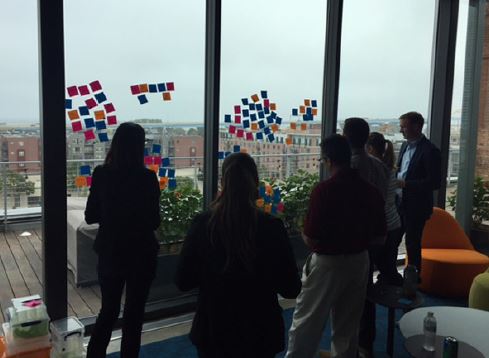
JM: As we're going through these questions we generate a whole bunch of post-it notes with ideas that in total define the problem and identify potential solutions. Then we facilitate the act of synthesis by analyzing the post-it notes to identify common themes that we separate into groups of drivers or definitions.
Then, what we love most about our workshops is that we have a big act of play. We have miniature models of furniture pieces that we've made using 3D printing and we mix those with low-tech making materials - pipe cleaners, popsicle sticks, construction paper. And we say to the participants, 'Design what that looks like. Go ahead! This is your chance to have some fun! You are the emperors of the world! What might the environment you just described as being important to your culture look like.'
From an instructional perspective we know that this is an act of immersion in learning. We asked them to generate ideas with their minds and then create what that looks like with their hands. What we're doing is exactly in line with what we're currently seeing happening in the world of pedagogy. It is the very definition of active learning.
OI: How does a school or an A&D firm avail itself to one of these workshops?
JM: From our internal perspective, a request for a workshop comes through our sales force. What we find is that typically at a school there is a champion or an instigator; someone who is saying, 'Hey these spaces are not aligning with where we're trying to go.' As word of our workshops is spreading our sales reps are getting more requests.
At the design firm level it's usually a principal or a senior person who says 'Hey, we've got a [school] client and we'd love to do a charrette. Maybe you could com in and help us.'
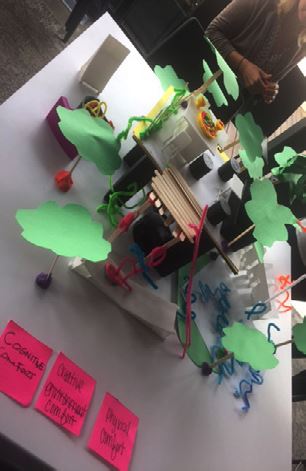
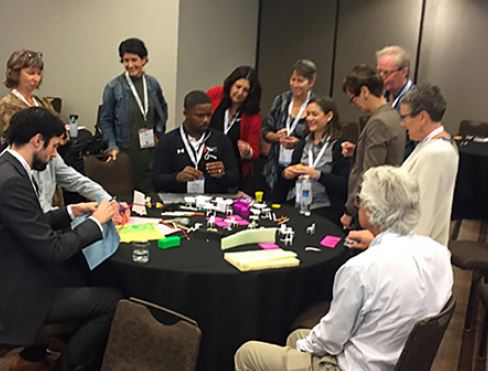
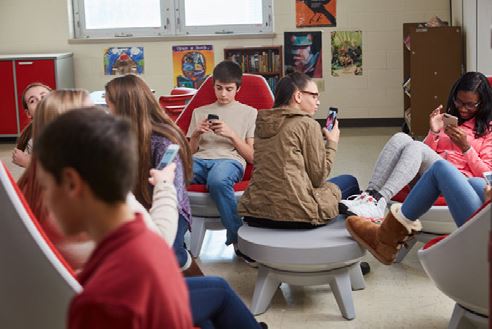
OI: I can see how that would happen. So what steps are you taking to get the word out about your workshops?
JM: Well I'm talking to you! (chuckles) We recently did a workshop at a scale I wouldn't normally have tried. We asked for about 2 hours a national conference known as EDspaces to run a workshop with about 75 people from all over the country and from A&D firms as well as schools. We've received a lot of positive feedback and referrals from that effort and we will continue to put on events like that. We're also experiencing excellent word of mouth buzz. (Ed, Note: according to its website, "EDspaces is the prmier event for the educational facilities marketplace and the gathering place for architects, dealers, Pre-K - 12, colleges, universities, independent manufacturer representatives, exhibitors, and corporations to learn about trends and experience the latest products and services to enhance student learning.")
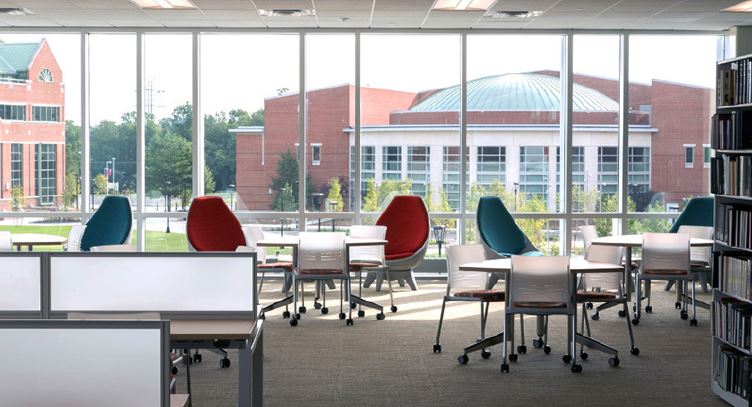
OI: I would assume you're learning a lot from the workshops too. How are you feeding that information back to KI to inform product development and the allocation of internal resources?
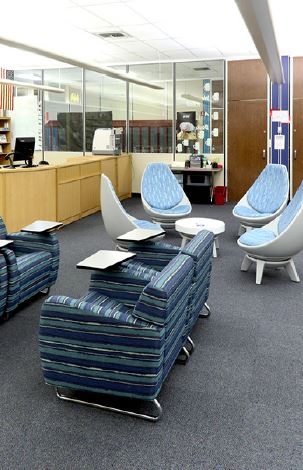 JM: I work closely with Shawn Green, our VP of Design and Product Marketing, and his team. Just as design thinking is the basis of our workshops, Shawn has organized our product development process on the precepts of human centered design. We understand that furniture is an important component of the solutions to those pedagogical drivers. We are seeing a holistic alignment of understanding the drivers and the role of furniture in the solutions and then providing human-centered designs that can be applied to those drivers.
JM: I work closely with Shawn Green, our VP of Design and Product Marketing, and his team. Just as design thinking is the basis of our workshops, Shawn has organized our product development process on the precepts of human centered design. We understand that furniture is an important component of the solutions to those pedagogical drivers. We are seeing a holistic alignment of understanding the drivers and the role of furniture in the solutions and then providing human-centered designs that can be applied to those drivers.
For example, our new Ruckus Collection does some very specific things with respect to how people can sit in it, perch on it, move around in it, and use it in a variety of ways that support distributed learning. And distributed learning is one of the biggest process drivers we see in a whole range of learning spaces, for example the maker's space. By design Ruckus intentionally supports the variety of activities inherent in Active learning.
We can say similar things about other new products, such as Sway and My Way and our Pirouette Tables. The products support the new pedagogical drivers and the knowledge of those drivers we gain through our workshops is invaluable real world understanding of the unmet user needs of our customers.
OI: I love it! The process is at once empathetic and maybe even a bit altruistic and at the same time a powerful engine to move the company forward with the development of products that help solve the real problems of your customers. It can only help your brand. Hopefully, some of our subscribers will be moved to reach out to you to request a workshop.
